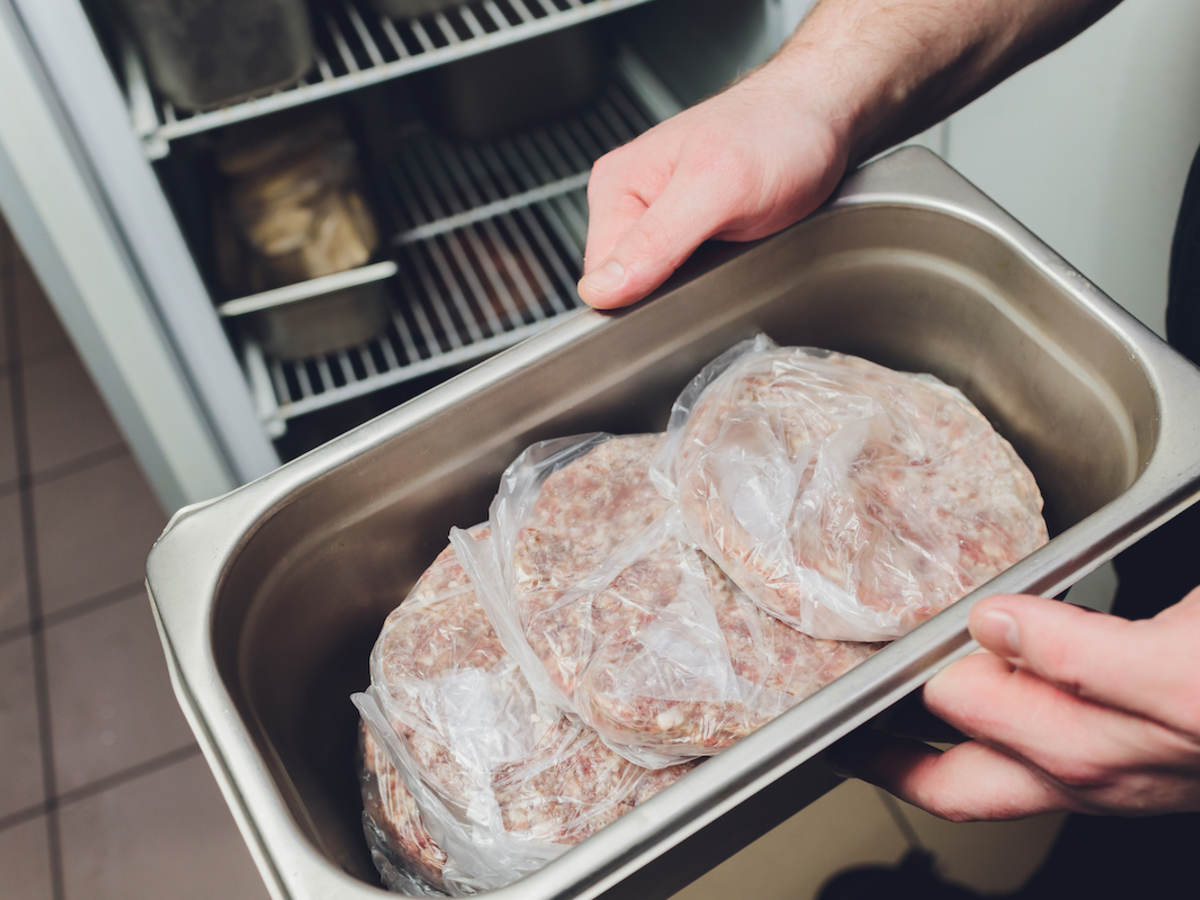April 7, 2020
The U.S. Food and Drug Administration (FDA) has developed temporary guidelines that give restaurants and food manufacturers flexibility with nutrition labeling during the COVID-19 pandemic. Restaurants and food manufacturers that have excess food due to lack of demand will be able to sell those products directly to consumers. This decision was reached during the Federal Register meeting, “Process for Making Available Guidance Documents Related to Coronavirus Disease 2019”, on March 25, 2020, to help provide guidance on response efforts during the pandemic.
During this challenging time, we know the numerous announcements can be confusing. Subject matter expert Michael Sperber, Business Development Manager at UL, offers two decades of experience in the retail food industry answers some of your questions regarding the temporary guidelines recommended by the FDA. If you have any additional questions, please contact us today.
Please Note: Follow your local health department’s direction and limitations on any retail food sales. The agency that issues the permit to sell and operate for the location of a specific food facility may or may not adopt federal or state guidelines. Check with your local jurisdiction before implementing any changes to normal food sales and distribution to the public. For a summary of best practices from the U.S. FDA for retail food stores, restaurants and food pickup/delivery services during the COVID-19 pandemic, please click here.
These recommendations are to be observed only during the COVID-19 pandemic.
Q: What types of food products can be sold under these guidelines?
Michael Sperber: You may sell whatever foods you would typically offer in your restaurant. Of course, all foods must be from an approved source. This means you still cannot sell foods prepared outside of your permitted food facility, spoiled food or any prepared foods that have exceeded the maximum seven-day holding limit.
Q: What labeling guidelines do we need to follow?
Michael Sperber: There are several components to consider when labeling products for sale.
- Start with using the common name of the food product to describe its identity. The best way to cover this is to copy the exact name of the product label from the original shipping box or container. For example, if the box label reads, “Jumbo Frozen Raw Shrimp,” this needs to be included on the package you provide to your customers.
- Make sure to accurately measure the quantity of the product with a scale. Precisely weigh out the amount you are taking from the original container and mark the weight on the new packaged product you are handing to the customer. If you did not remove the product from the original container and the original container has the correct net weight labeled, that will suffice.
- Do not make any nutrition claims on the product such as fat-free or low in calories.
- You must list the name and place of business of the manufacturer, packer or distributor. Again, this information can be copied from the original shipping container, box or invoice. Provide this information on the package you deliver to the customer.
These four components will suffice for the general labeling requirements, without including the more detailed nutritional information usually found on a pre-packaged container.
Q: What do I need to include on the label if I am combining several ingredients to make a product?
Michael Sperber: If you made a product from two or more ingredients, you should include a list of ingredients in descending order of predominance by weight. This includes a declaration of any artificial colors, flavors or chemical preservatives if they were on the ingredient’s label. Again, the best way to accomplish this is to simply copy the ingredients list from the original shipping box or container. For example, if jumbo frozen raw shrimp were seasoned with any other ingredients, including breading, those ingredients need to be listed.
Q: What should our product labels look like?
Michael Sperber: The California Department of Public Health has an excellent four-page bulletin dedicated to product labeling. This will provide information on the facts that should be included when labeling your products.
Q: What’s a Statement of Identity?
Michael Sperber: A Statement of Identity is simply the common name of the food product, for example, Chocolate Chip Cookie or Jumbo Raw Frozen Shrimp.
Q: Is it okay for me to donate my food or give it away?
Michael Sperber: Yes, you can donate food but the same rules apply: the product must have proper labeling and identification.
Q: What about expired food? Are we allowed to donate the food or give it away?
Michael Sperber: It depends. Because of food safety concerns, expired foods are different than the manufacturer’s recommended use-by dates that are on packages for quality concerns. For example, boxes of dried pasta that have an expiration date of 30 days ago are perfectly fine to sell or donate. Prepared refrigerated foods, however, have a maximum food safety life of seven days per the Model Food Code and must be discarded when past that date. We recommend that when in doubt, throw it out.
For more information on the relaxation of labeling requirements for cartons of eggs, please visit the FDA’s site here.
Contact us for additional questions regarding expired food products.
Get connected with our sales team
Thanks for your interest in our products and services. Let's collect some information so we can connect you with the right person.

